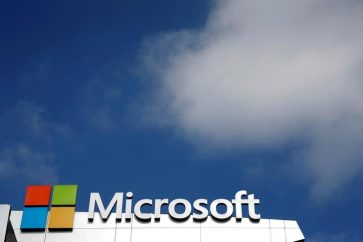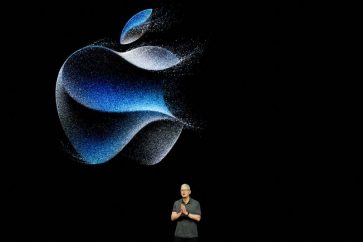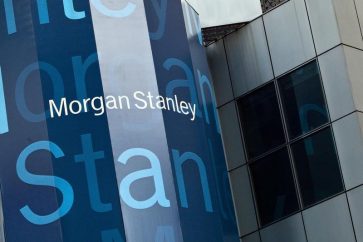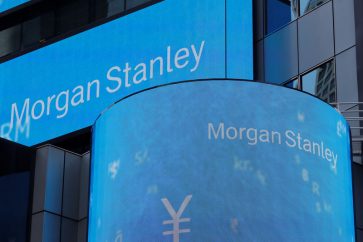Once again, on Wednesday, the S&P 500 and Nasdaq continued their upward trend for the fifth consecutive session, reaching new highs not seen in several months. Investors were confident that the Federal Reserve would avoid raising interest rates during the day. However, the Dow index was negatively affected by a drop in the shares of UnitedHealth, an insurance company.
In May, producers’ prices for their goods in the U.S. dropped more than expected. This was mainly due to lower costs for energy and food. It suggests that inflation was slowing down. This aligns with the data from the day before, which showed that consumer prices were also increasing slowly.
The U.S. central bank is expected to keep interest rates steady at the 5%-5.25% range, unchanged for the first time since it kicked off a historically aggressive round of policy tightening in March 2022 to curb soaring inflation.
“Whether or not this is the end of rate hikes for this cycle, we don’t know yet nor does the Fed,” said Brad Bernstein, managing director at UBS Wealth Management.
“I think we’ll get what’s called a hawkish pause today, where they’ll be talking about their concerns about inflation but at the same time not raise rates.”
According to the CME Fedwatch tool, traders believe there is a 95% likelihood that the Federal Reserve will maintain interest rates at their current levels. However, they have factored in approximately 60% probability of a 25-basis-point rate increase in July.
The yield on the two-year Treasury notes, which tend to move in step with short-term rate expectations, slipped to 4.6% after the release of producer prices data.
At 2 p.m. EDT (1800 GMT), the Federal Reserve is set to release its policy statement and provide updated quarterly economic projections. A news conference by Chair Jerome Powell will follow this.
The Dow was negatively affected as UnitedHealth Group (NYSE: UNH) saw its stock price drop by 7.4%. This decline was due to the health insurer’s cautionary statement about expecting higher medical costs in the second quarter. The increased expenses are primarily driven by older adults finally getting non-urgent medical procedures that they had delayed during the pandemic.
The S&P 500 health sector fell 0.9%, while the S&P 500 managed healthcare index hit a near 17-month low, down 7.8%.
On the S&P 500, the stocks of hospital operators Universal Health (NYSE: UHS) Services and HCA Healthcare (NYSE: HCA) experienced notable gains. Universal Health saw an increase of 5.4%, while HCA Healthcare rose by 3.4%. They were among the top performers in terms of stock price appreciation.
U.S. stocks have rallied in recent weeks, pushing the benchmark S&P 500 and Nasdaq to 14-month highs, boosted by signs of economic resilience, an upbeat earnings season and hopes that interest rates were near their peak.
While megacap technology stocks have driven much of the gains this year, economically sensitive small-cap shares, as well as material and banking sectors, have joined the rally recently.
As of 10:15 a.m. ET, the Dow Jones Industrial Average showed a decline of 117.13 points, equivalent to a 0.34% decrease, reaching 34,094.99. In contrast, the S&P 500 saw an increase of 12.06 points, reflecting a 0.28% rise, reaching 4,381.07. The Nasdaq Composite also experienced a positive trend, with a gain of 39.46 points or 0.29%, reaching 13,612.78.
After reports from Reuters indicated that Amazon Web Services (NASDAQ: AMZN) is exploring the utilization of Advanced Micro Devices’ (NASDAQ: AMD) artificial intelligence chips, shares of AMD climbed 1.1%.
Advancing issues outnumbered decliners by a 2.21-to-1 ratio on the NYSE and a 1.35-to-1 ratio on the Nasdaq.
The S&P index recorded 31 new 52-week highs and two new lows, while the Nasdaq recorded 58 new highs and 22 new lows.



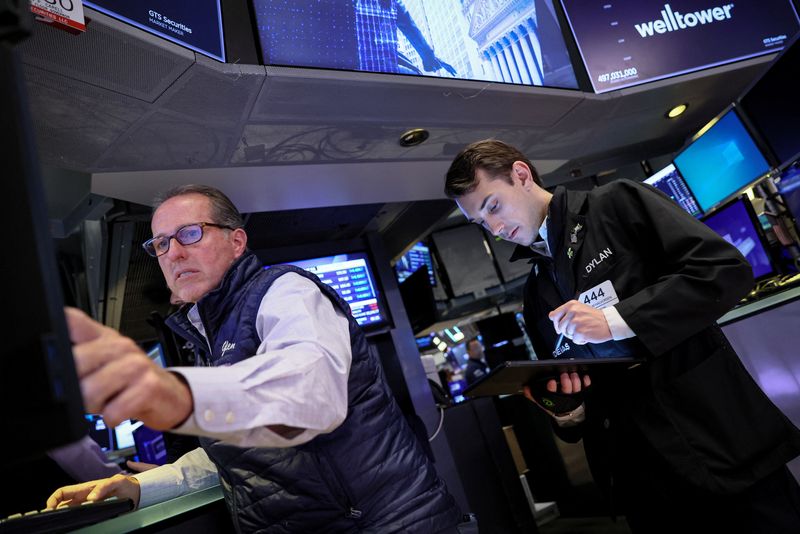
 By:
By:
